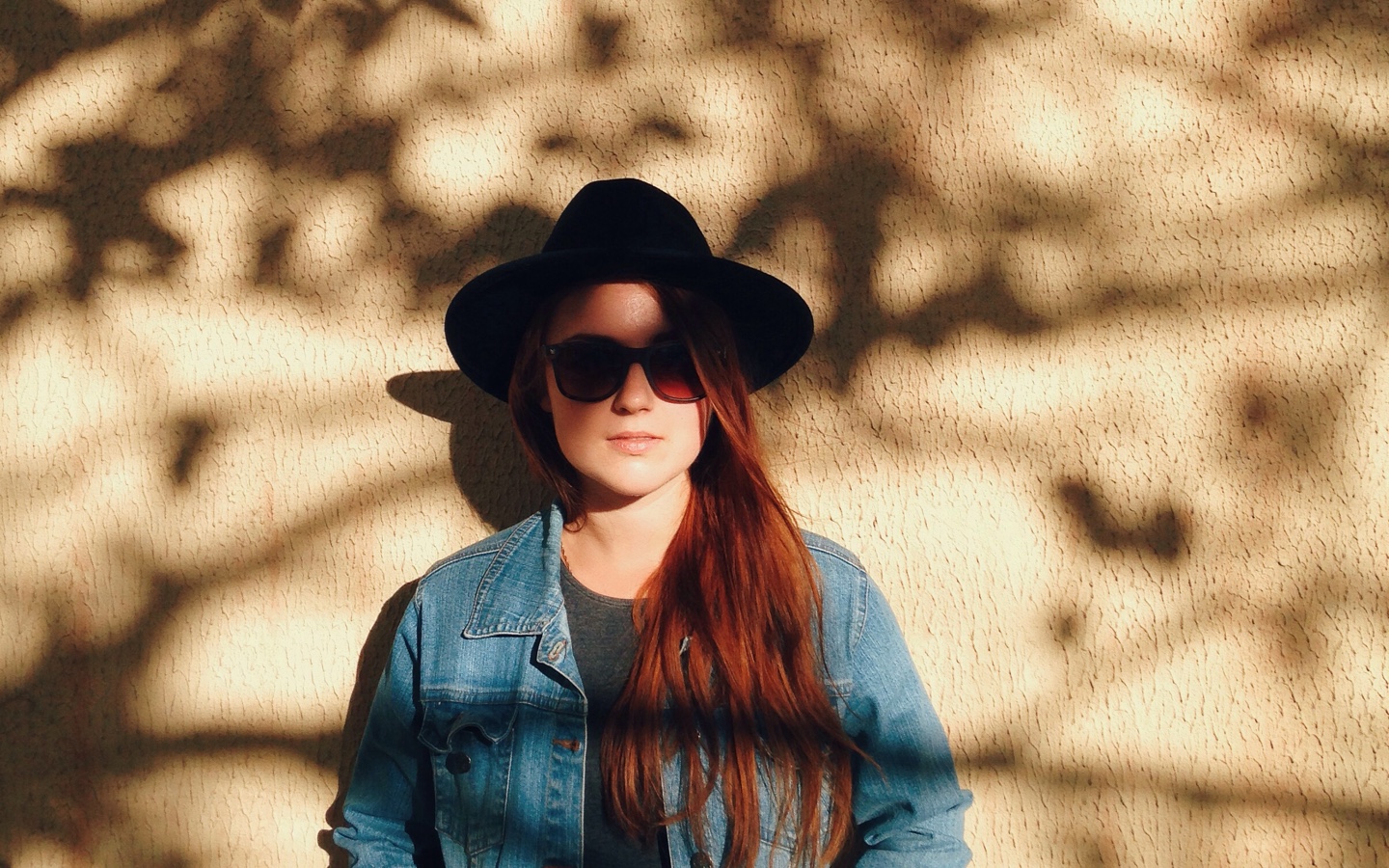Do you love the sun, but worry about skin cancer? Too much sun can be a bad thing, but it turns out not enough can be a problem as well. Here’s how to find your own personal Goldilocks zone.
If you’re a child of the 90s, you remember the height of the tanning bed craze. Playboy bunny stickers designed to leave a tan line, $75 bottles of lotion, and the smell of burning hair are a part of your teen years. But when the tanning bed craze started blowing up and skin cancer rates in young women started skyrocketing, the FDA cracked down with some regulations. From signage to age and time limits in tanning beds, people chasing a bronze skin tone were given a hard dose of reality: Too many rays is downright dangerous. Amid that crackdown though, the world has forgotten that once upon a time, we knew that the sun also had a lot of health benefits for us. So how much is too much sun? Can you get the same benefits from a bottle of vitamin D capsules?
Here’s what you need to know about sun exposure to make sure you’re getting enough, without overdoing it.
Why People Need Sunlight
It’s funny because we all know how good we feel on a sunny day after months of autumn gloom, but if you ask anyone on the street, they’ll tell you being in the sun isn’t good for you. And that’s certainly true, to a certain extent.

Prolonged exposure to the sun can increase your risk for skin cancer, and cause your skin to age more rapidly to boot. Not good. But there are also a lot of really incredible benefits from soaking up a few rays:
- Sunlight helps you produce vitamin D. When we’re in the sun, our bodies convert UVB rays into vitamin D3, an essential vitamin responsible for everything from immune system function to bone growth and development.
- Sunlight is a mood elevator. Scientists still aren’t entirely sure whether this is a link between depression and vitamin D deficiency or something else, but one thing’s for certain: sunlight has a mood-brightening effect.
- Sunlight helps you sleep. The blue light in sunlight is a huge part of what regulates our circadian rhythms, or sleep patterns. When we spend all day indoors getting our blue light from a smartphone screen instead, it messes with our melatonin production and creates sleep disorders.
The biggest benefit of sunlight exposure by far is that it gets our bodies on a healthy sleep schedule and producing plenty of vitamin D3, but the psychological impacts of sun exposure are also substantial.
Studies show that exposure to the sun’s rays, which keeps our brains from producing melatonin, makes us happier, more productive, and has been linked to overall better quality of life.

Vitamin D Capsules Aren’t the Same Thing
So why not just skip the risks of sun exposure and take a vitamin D supplement?
For people with extremely sensitive skin who are at higher risk for skin cancer, this may in fact be the safest way to go (and of course, don’t take some blogger on the internet’s word for it — go talk to your doctor). But there is one caveat to a convenient vitamin D pill: Our bodies don’t always synthesize them as well as the real deal. The problem with vitamin D capsules is that they don’t travel as freely in the bloodstream and aren’t as bio-available for use in our body’s systems as what we make during sun exposure. Taking a whole food multivitamin with vitamin D3 is your best bet if you live in a place like the cloudy Pacific Northwest (like me).
But if your body produces enough melanin to protect you from overexposure and you’re able to get some sunlight where you live, it’s preferred over taking a supplement, which your body may not even absorb anyway.
How Much Sun Is Okay?
How much sun exposure you can safely get largely depends on how much melanin your body produces, and your genetic history.
If you have a family history of skin cancer for example, you’ll want to be more careful and consult with your doctor on best practices for getting a little sun. Remember, the goal here is not to get a rockin’ tan, it’s to get some rockin’ vitamin D.
Melanin is the pigment that naturally occurs in your skin that protects you from the sun. Generally speaking, the more melanin in your skin, the less risk you have of being damaged by the sun. However, this doesn’t give you carte blanche to go and bask all day — even those with a dark complexion get skin cancer. As a general rule of thumb, up to 10 to 15 minutes of unprotected sun exposure a day is sufficient, depending on your melanin levels. Drink your morning coffee or tea outside, go for a quick walk after lunch, take a work call in the sun, or practice your daily meditation out on the patio.

Which Is Safer, Tanning Beds or Sunlight?
If you’re like me and live in a really cloudy climate, the idea of even getting 10 minutes of sun exposure a day can seem pretty much impossible. Tanning beds present a tempting alternative. We all know about the negative implications of the overuse of a tanning bed, but is it a suitable substitute for sunlight in moderation? Is it safer than just laying in the sun?
Not exactly. Scientists say that the UVA radiation put out of a tanning bed’s fluorescent bulbs is up to three times more intense than that of natural sunlight, with UVB levels almost as high as natural sunlight. Using tanning beds can give you that vitamin D production boost, but is also associated with a 50 percent increase in risk for skin cancer.
Sunlight Isn’t the Bad Guy
Listen, you don’t have to bask like a bearded dragon to get the vitamin D you need from the sun. In some cases, a vitamin D supplement makes a lot more sense, and that’s okay. But the sun has gotten a majorly bad rap lately from people overdoing it, and in moderation, it’s really pretty safe.
Use your sunscreen if you plan on being out in the sun all day, but also make sure you’re getting enough sunlight every day to keep your brain and body happy.
How much sunlight do you get per day? Tell us how you manage it during the colder months on Facebook or Instagram, and tag us in the post @AvocadoMattress and #AvocadoGreenMagazine!

Shop Pillows
The Essential Organic Pillow Collection
Gentle, breathable, non-toxic support.






